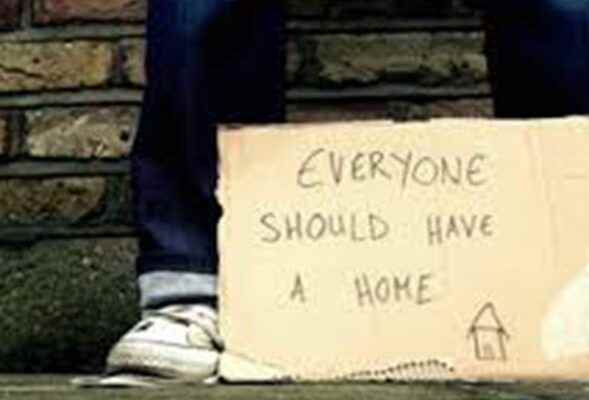Report pegs local homeless population at 120

Social service workers have a clearer picture of the homeless situation in Norfolk and Haldimand thanks to a two-day, region-wide field survey last fall.
According to a report, there will be about 120 individuals in the local health district experiencing degrees of homelessness at any given time. The typical homeless person is male, about 40 years of age, and likely to have a mental-health issue, a substance-abuse issue, or both.
The report, which will be presented at Monday’s meeting of Norfolk and Haldimand’s health and social services advisory committee, is based on an intensive survey of communities in the local health district over two days in November. While the survey provides useful insights, the report’s authors caution their findings are not definitive.
“It is important to understand the limitations of any enumeration and keep it in context that the results are a ‘moment in time’ and always an under-representation of the actual number of individuals and families experiencing homelessness,” Louise Lovell and Nicole Wagenaar, employees of the counties’ homelessness prevention division, said.
This is the second homeless survey in Norfolk and Haldimand since 2018. Lovell and Wagenaar say this survey is more sophisticated than the one four years ago.
As with 2018, teams fanned out into urban centers across the health district to interview individuals on the street who were living rough.
However, this time, survey organizers also canvassed 20 local agencies for details on individuals they knew were homeless or precariously housed. Providing leads were police, paramedics, parole and probation officers, Salvation Army personnel in Simcoe and Dunnville, private out-reach groups such as Church Out Serving and Indwell, and Haldimand-Norfolk Women’s Services among others.
In their report, Lovell and Wagenaar said it will always be difficult gauging the level of homelessness in a community because of the precarious, day-to-day existence of these individuals. Some, the report says, are outright homeless while others experience degrees of homelessness on a chronic basis.
Of the 102 individuals who participated in last November’s survey, 62 per cent fell into the “hidden homeless” category because they were in substance-abuse treatment centres, transitional housing, jail, or have become adept at “couch surfing” from night to night in other people’s homes.
Twenty per cent of those surveyed – around 20 people – qualified as fully homeless because they were sleeping outside in public spaces, in a tent, or in a vehicle. Other survey highlights include:
- 35 per cent said they were homeless because they cannot afford to pay for lodgings. A total of 24 per cent said they were homeless because of substance abuse. A total of 14 per cent said they ended up on the street after their apartment building was sold or because they were evicted for renovations.
- 15 per cent said they have casual, part-time or full-time employment. A total of six per cent said they have no income whatsoever.
- Five per cent of respondents were seniors aged 65 or older.
- A total of 61 per cent were male while 38 per cent were female. One per cent did not identify according to biological gender but also did not identify as transgender.
- 17 percent of respondents identified as Indigenous.
- 27 percent have a history with child-care and foster-care systems.
The homeless report comes with no recommendations and was prepared for information purposes only.
